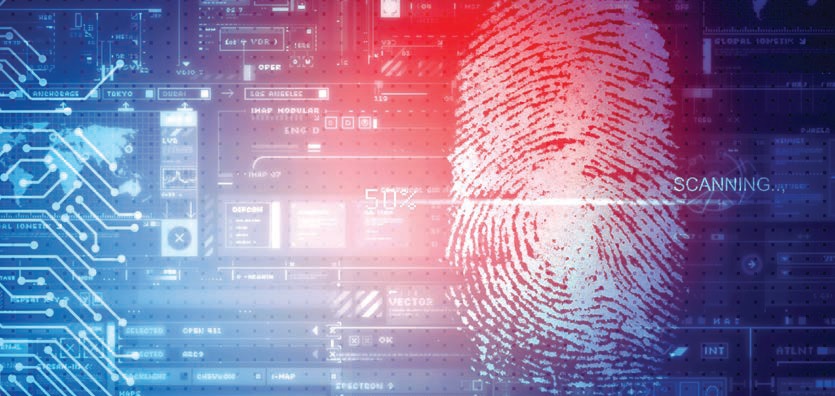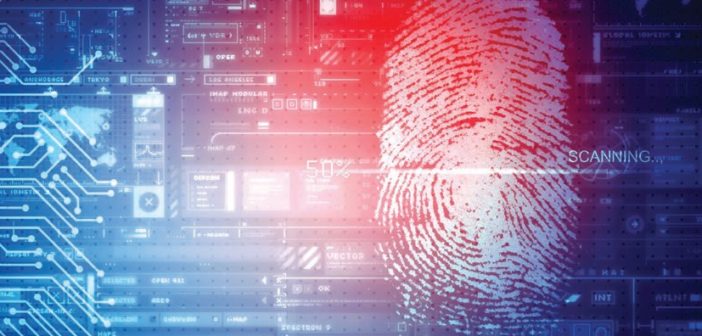
 I am an ardent fan of The X-Files and have always been in awe of detective Dana Scully. I was delighted to recently read an article on a study done by the Geena Davis Institute on Gender in Media, where the researchers found a correlation between women who were familiar with, or fans of, The X-Files and its influence on their career choices. As the study says, 50% of women who watched The X-Files opted for a career in STEM, including getting into forensics. Similarly, other TV dramas such as CSI, NCIS and Bones have all played a role in bringing forensics to the fore as a career choice, by uplifting the image from scientific backwaters to a more glamorous and exciting job. In each of these shows, the sub discipline of digital forensics also plays its part, so we’ve also seen an increase in the number of females entering DFIR careers (digital forensics and incident response).
I am an ardent fan of The X-Files and have always been in awe of detective Dana Scully. I was delighted to recently read an article on a study done by the Geena Davis Institute on Gender in Media, where the researchers found a correlation between women who were familiar with, or fans of, The X-Files and its influence on their career choices. As the study says, 50% of women who watched The X-Files opted for a career in STEM, including getting into forensics. Similarly, other TV dramas such as CSI, NCIS and Bones have all played a role in bringing forensics to the fore as a career choice, by uplifting the image from scientific backwaters to a more glamorous and exciting job. In each of these shows, the sub discipline of digital forensics also plays its part, so we’ve also seen an increase in the number of females entering DFIR careers (digital forensics and incident response).
I decided to take a closer look at the enchanting world of digital forensics, to see if it really is as dramatic as its portrayed in the media and crime thrillers. The reality s that digital forensics is the application of forensic science principles to the artefacts we all create through interactions with technology, such as computers, mobile phones, websites and even GPS devices and smart devices.
The Digital Forensic Research Workshop (DFRWS) defines digital forensics as:
The use of scientifically derived and proven methods toward the preservation, collection, validation, identification, analysis, interpretation, documentation and presentation of digital evidence derived from digital sources for the purpose of facilitating or furthering the reconstruction of events found to be criminal or helping to anticipate unauthorized actions shown to be disruptive to planned operations…Click here to read full article.






